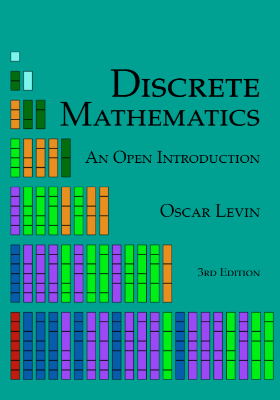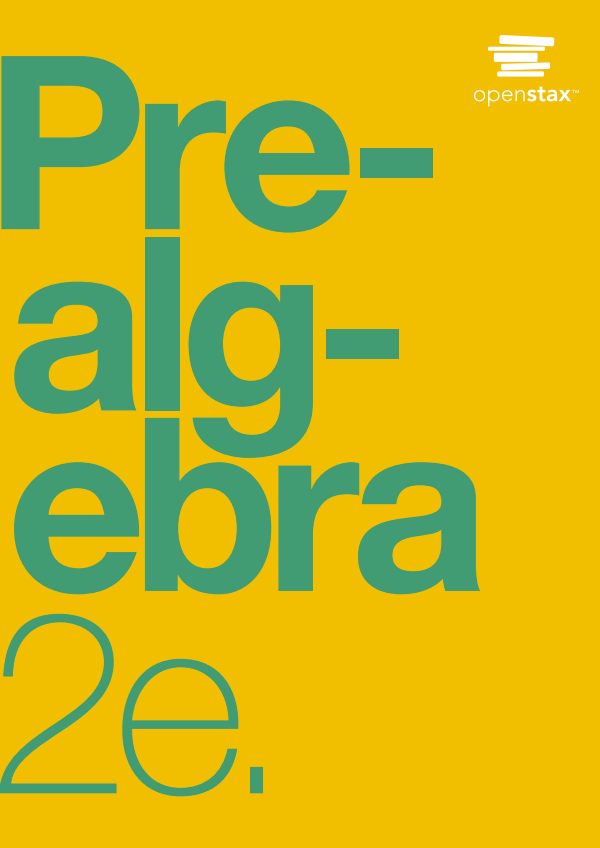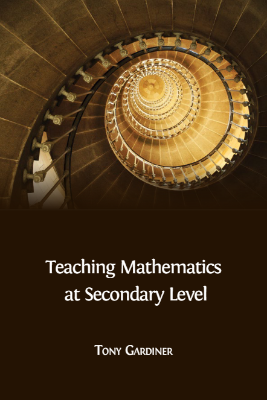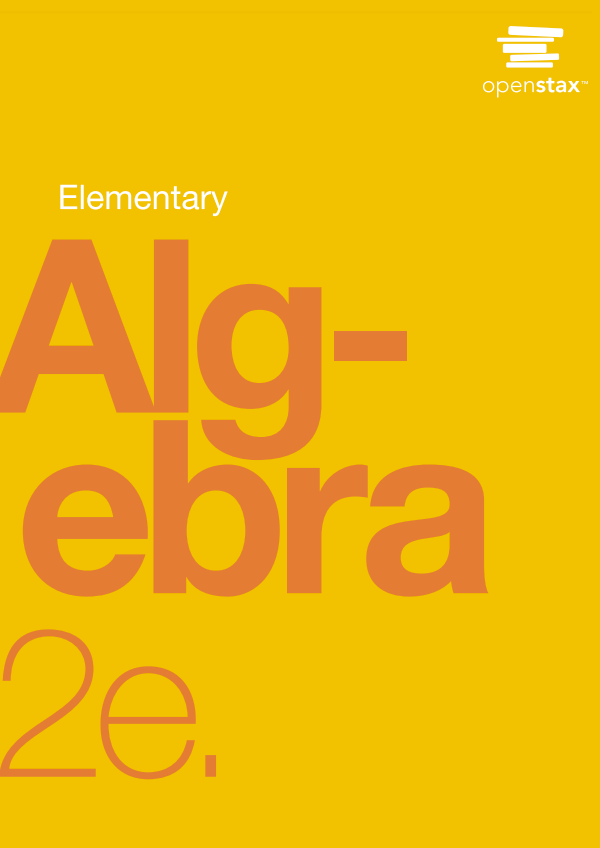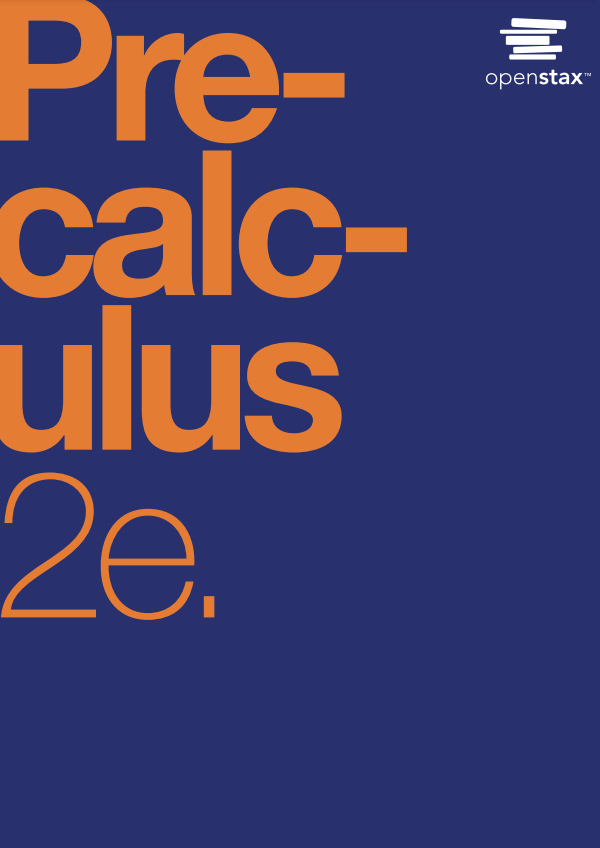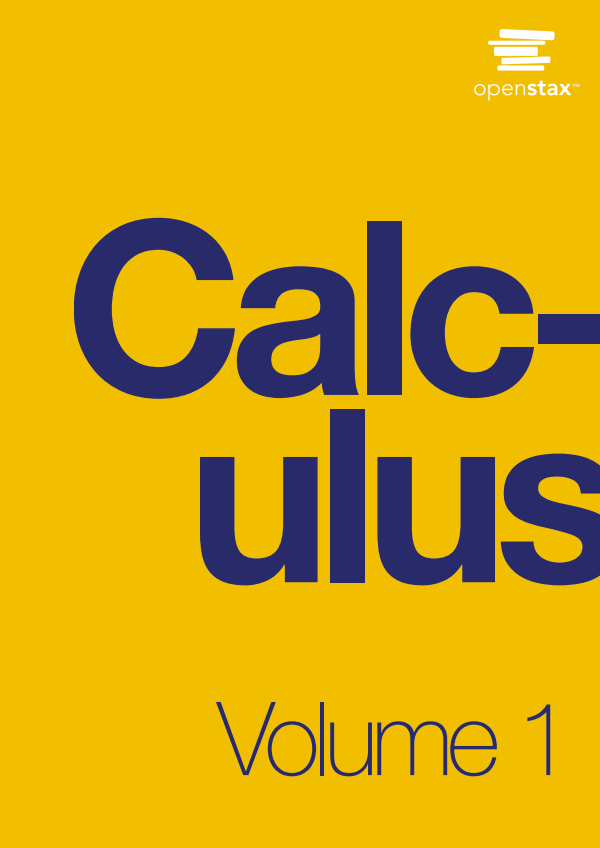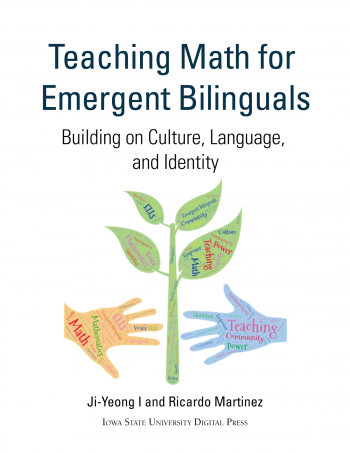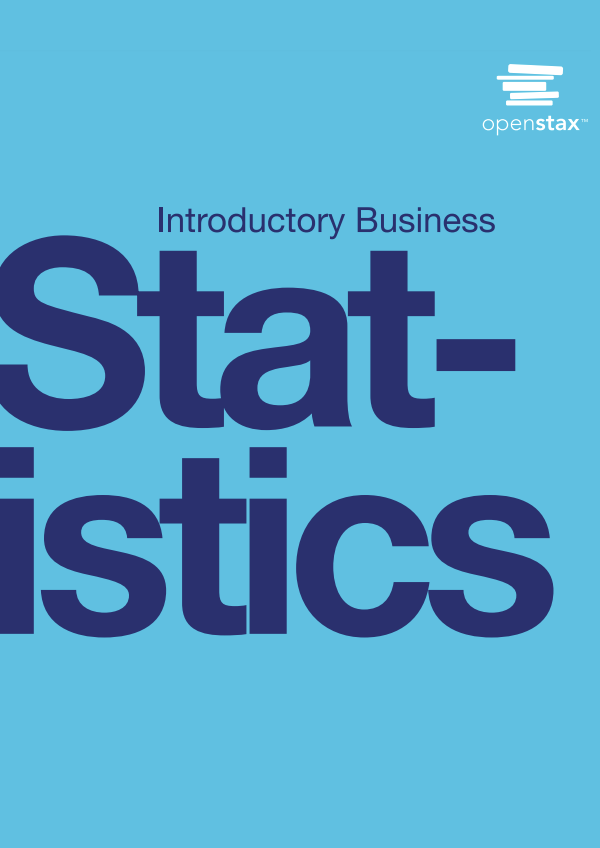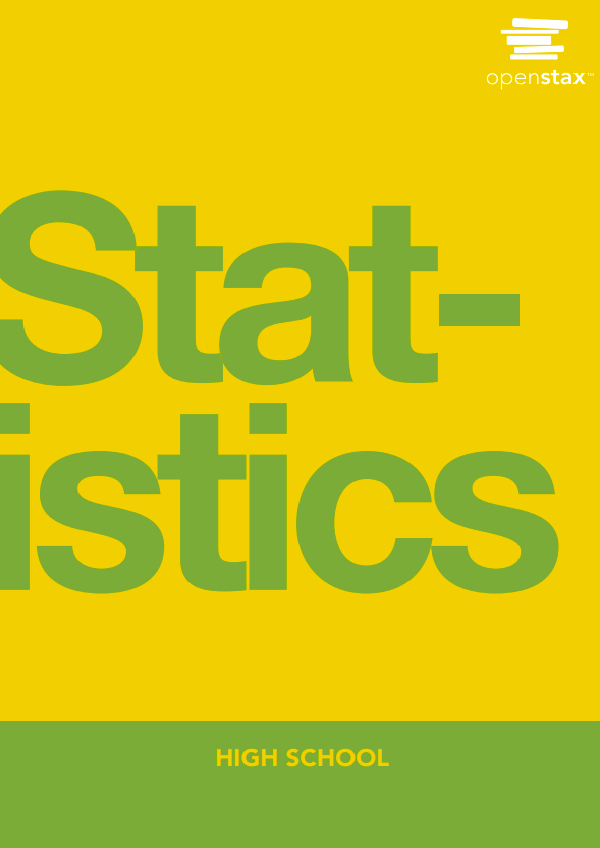How to use this book
In addition to expository text, this book has a few features designed to encourage you to interact with the mathematics.
Investigate! activities
Sprinkled throughout the sections you will find activities designed to get you acquainted with the topic soon to be discussed. These are similar (sometimes identical) to group activities I give students to introduce material. You really should spend some time thinking about, or even working through, these problems before reading the section. By priming yourself to the types of issues involved in the material you are about to read, you will better understand what is to come. There are no solutions provided for these problems, but don’t worry if you can’t solve them or are not confident in your answers. My hope is that you will take this frustration with you while you read the proceeding section. By the time you are done with the section, things should be much clearer.
Examples.
I have tried to include the “correct” number of examples. For those examples which include problems, full solutions are included. Before reading the solution, try to at least have an understanding of what the problem is asking. Unlike some textbooks, the examples are not meant to be all inclusive for problems you will see in the exercises. They should not be used as a blueprint for solving other problems. Instead, use the examples to deepen our understanding of the concepts and techniques discussed in each section. Then use this understanding to solve the exercises at the end of each section.
Exercises.
You get good at math through practice. Each section concludes with a small number of exercises meant to solidify concepts and basic skills presented in that section. At the end of each chapter, a larger collection of similar exercises is included (as a sort of “chapter review”) which might bridge material of different sections in that chapter. Many exercise have a hint or solution. Readers are encouraged to try these exercises before looking at the help.
Both hints and solutions are intended as a way to check your work, but often what would “count” as a correct solution in a math class would be quite a bit more. When I teach with this book, I assign exercises that have solutions as practice and then use them, or similar problems, on quizzes and exams. There are also problems without solutions to challenge yourself.
Introduction and Preliminaries
Welcome to Discrete Mathematics. If this is your first time encountering the subject, you will probably find discrete mathematics quite different from other math subjects. You might not even know what discrete math is! Hopefully this short introduction will shed some light on what the subject is about and what you can expect as you move forward in your studies.
What is Discrete Mathematics?
Defining discrete mathematics is hard because defining mathematics is hard. What is mathematics? The study of numbers? In part, but you also study functions and lines and triangles and parallelepipeds and vectors and . . . . Or perhaps you want to say that mathematics is a collection of tools that allow you to solve problems. What sort of problems? Okay, those that involve numbers, functions, lines, triangles, . . . . Whatever your conception of what mathematics is, try applying the concept of “discrete” to it, as defined above. Some math fundamentally deals with stuff that is individually separate and distinct.
